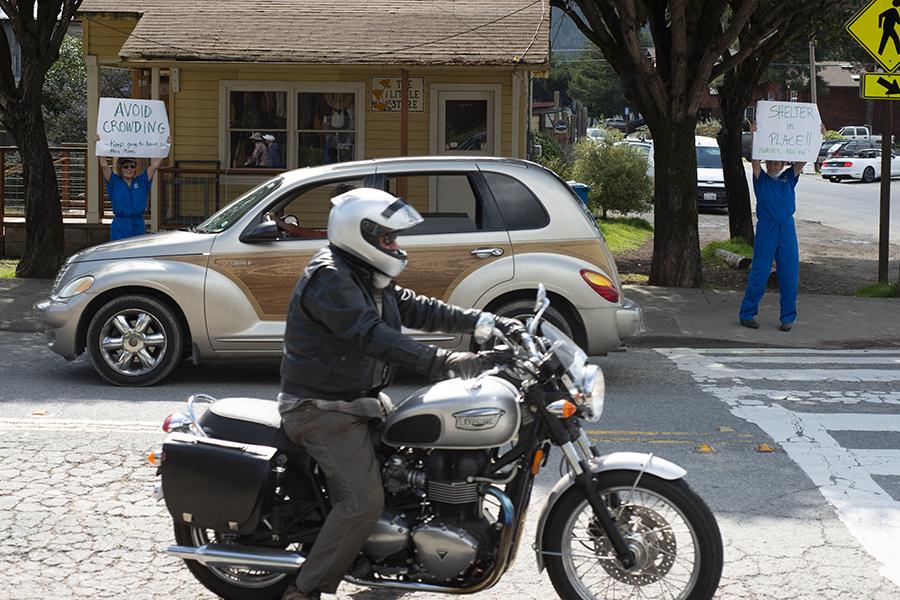A wave of visitors flooded West Marin on Saturday, prompting park closures and disturbing residents, some of whom took turning people away into their . . .
Flouting shelter order, outsiders swarm coast


A wave of visitors flooded West Marin on Saturday, prompting park closures and disturbing residents, some of whom took turning people away into their . . .